Vanastha (Healing in Ulju) (와나스타(울주에서 치유하다))
10.7Km 0 2024-01-10
207 Daeam 1-gil, Eonyang-eup, Ulju-gun, Ulsan
Vanastha, located in the forest inside Daeam Dam in Ulju-gun, is a forest yoga house that means "stay in the forest." For modern people who lack time to look back on their bodies in their tired daily lives, it provides time to fully focus on themselves with proper breathing, meditation, and Hatha yoga. Here, one can hear the sounds of nature, feel nature, and experience of becoming one with nature and the universe, only in nature. It offers a one-day class and a yoga meditation program on Saturday mornings. Private session option is available for a group of four or more people with a reservation in advance.
Petroglyphs of Bangudae Terrace (울주 대곡리 반구대 암각화)
11.5Km 26550 2023-07-17
285, Bangudaean-gil, Ulju-gun, Ulsan
+82-52-204-0322
In Daegok-ri, Eonyang-eup sits Bangudae Terrace, a picturesque spot where a ridge of Yeongosan Mountain extends to and stands tall to form quite a spectacle featuring uniquely shaped rocks and cliffs. The name, Bangudae, comes from how it resembles a turtle lying prone on the ground. Petroglyphs are paintings drawn by people from the prehistoric times carved on rocks and depicting various scenes and events in their daily lives. Petroglyphs were often drawn on enormous rocks and other sacred locations of groups, and it is believed that people gathered around them to hold various rituals.
Petroglyphs of Bangudae Terrace in Daegok-ri, Ulju-gun are estimated to have been drawn over several periods since the New Stone Age so you can discover the differences in styles among various ages. Primary objects that were popularly carved include sea animals, land animals, humans and tools and, as our prehistoric ancestors actively engaged in hunting, the hope of abundance in game is believed to be the reason why these objects were frequently carved on rocks. Vividly expressing animals and hunting scenes and colorfully depicting outstanding traits of objects, these petroglyphs are a form of both hunting art and religious art, and they are considered as the greatest masterpieces from which we can take a peek at the life and customs of the prehistoric ages.
Ulsandaegyo Observatory (울산대교 전망대)
11.8Km 109 2023-01-03
155-1, Bongsu-ro, Dong-gu, Ulsan
+82-52-209-3345
At the x_height of 63 meters on top of Hwajeongsan Mountain (alt. 203 meters), Ulsandaegyo Observatory offers a breathtaking view of Ulsandaegyo Bridge as well as the city's three major industry complexes and beautiful mountains. The view is amazing regardless of day or night, attracting returning visitors to the area. The observatory has a souvenir shop and a cafe, adding more to enjoy in addition to the city view.
Petroglyphs of Cheonjeon-ri, Ulju (울주 천전리 각석)
12.2Km 30009 2020-02-05
Cheonjeon-ri, Dudong-myeon, Ulju-gun, Ulsan
+82-52-277-0101
Petroglyphs refer to the paintings in which objects and symbols are carved, pecked, and colored on rocks, huge cliffs and cave walls.
Some of these rocky paintings are from as early as the late Paleolithic Era, but mostly they are seen from the New Stone Age, Neolithic Era and Bronze Age in which times these paintings were abundant.
The upper part of the rock shows various animals including deer pecked into the rock, and the lower part of the rock has writing and drawings of humans, and animals made by penciling.
As for the upper part, it is thought to have been made throughout the New Stone Age and Bronze Age to express their consciousness for abundance. In comparision, the painting of a cavalcade, a sailing boat, a dragon, a horse, and a deer and about 300 writings on the lower part of the rock were considered to be done by people during unified Silla, showing their belief of the area as a holy ground.
Ulsan Petroglyph Museum (울산암각화박물관)
12.3Km 34628 2021-02-22
254, Bangudaean-gil, Ulju-gun, Ulsan
+82-52-229-4797
Ulsan Petroglyph Museum was established on May 30, 2008 at the entrance to Petroglyphs of Bangudae Terrace (National Treasure No. 285) in Ulju-gun. The museum displays 311 exhibit materials and has an exhibition hall, a storage room, a research lab, and an audiovisual room.
The exhibition hall presents models of petroglyphs of Bangudae and petroglyphs of Cheonjeon-ri (National Treasure No. 147), an educational video introducing the petroglyphs, a children’s hall, and family activity facilities. Visitors can observe reproductions of famous petroglyphs at the outdoor exhibit.
Ulsan Theme Botanic Gardens & Arboretum (울산테마식물수목원)
12.4Km 12128 2022-12-29
33-1, Soepyeong-gil, Dong-gu, Ulsan
+82-52-235-8585
The Ulsan Theme Botanic Gardens & Arboretum was built on a farm that had been used for agriculture for nearly 20 years. By growing a large variety of plant species, the arboretum provides opportunities for learning and researching plants, and further seeks to become the largest woodland recreational space in the region.
Hyundai Heavy Industries Ulsan Factory (현대중공업 울산공장)
12.6Km 37511 2019-05-02
1000, Bangeojinsunhwan-doro, Dong-gu, Ulsan
+82-52-202-2232~5
Hyundai Heavy Industries is one of the greatest shipbuilding companies in the world. With its growing technology, Hyundai Heavy Industries contributes in national economic growth and has become as one of world’s greatest complex corporations by advancing in numerous industries such as marine, plant, machine, electrical machinery and appliance, and construction equipment business. Visitors can get a tour around Hyundai Industries' power plant and shipbuilding complex; reservation in advance is required.
Ulsan Onggi Festival (울산옹기축제)
12.6Km 20326 2024-04-25
36 Oegosan 3-gil, Onyang-eup, Ulju-gun, Ulsan
+82-52-980-2232~6
Ulsan Onggi Festival takes place within Oegosan Onggi Village, the largest onggi (traditional Korean pottery) village in the nation, home to seven master artisans. The festival serves to promote this local product while providing visitors with the chance to learn more about onggi through various programs and hands-on experiences.
Onggigol Ceramics (옹기골도예)
12.8Km 0 2023-10-20
18 Oegosan-gil, Ulju-gun, Ulsan
Onggi Ceramics is the workshop of Heo Jin-gyu, a master onggi craftsman, and is located in Onggi Village in Ulsan, home to the largest production of onggi in the nation. Visitors can browse the items as well as purchase anything that piques their interest. The workshop also offers a range of exerience programs related to onggi, although advanced reservations are required to participate.
Chisanseowon Confucian Academy (치산서원)
12.8Km 25005 2020-02-05
7, Chisullyeong-gil, Dudong-myeon, Ulju-gun, Ulsan
+82-52-204-0324
Relics of Park Jesang is also referred to as Chisanseowon Confucian Academy.
Park Jesang, a descendent of Park Hyeokgeose, was severly tortured and then burned to death after rescuing two hostages taken by Japan, who were the brothers of King Nulji.
The nearby temple and Mangbuseok have a folk tale regarding the story. His wife and two daughters died waiting for him and then his wife is said to have turned into Mangbuseok (faithful wife stone) in the eastern Chisullyeong Mountain in Manhwa-ri, Dudong-myeon. According to the legend, her spirit became a bird, and flew away to hide behind Euneulam (Bird Hidden Rock).
After Park Jesang's couragous act, King Nulji gave him a loyal officers position as well as the role of godmother to his wife for her model behavior of wifely duty. Chisanseowon Confucian Academy keeps their ancestral tablets to honor royalty.
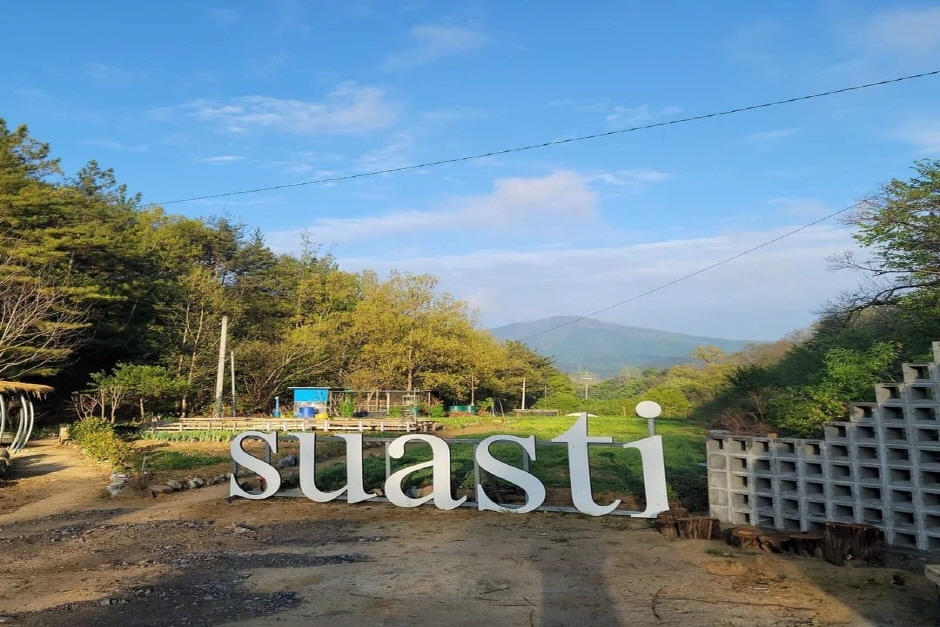

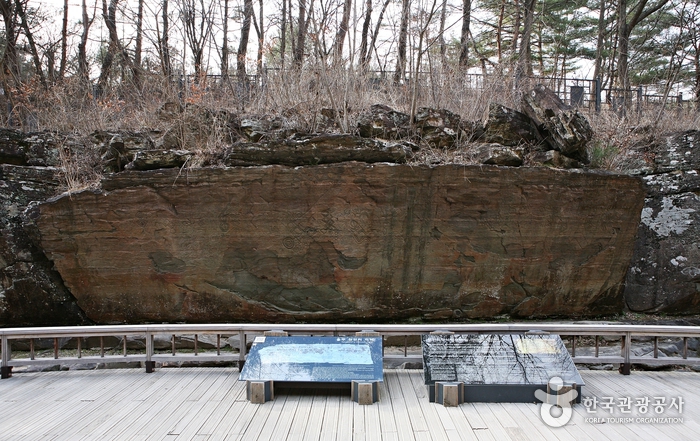
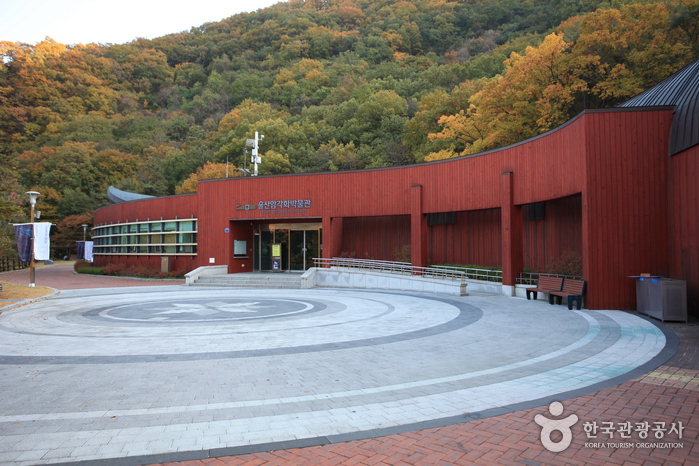
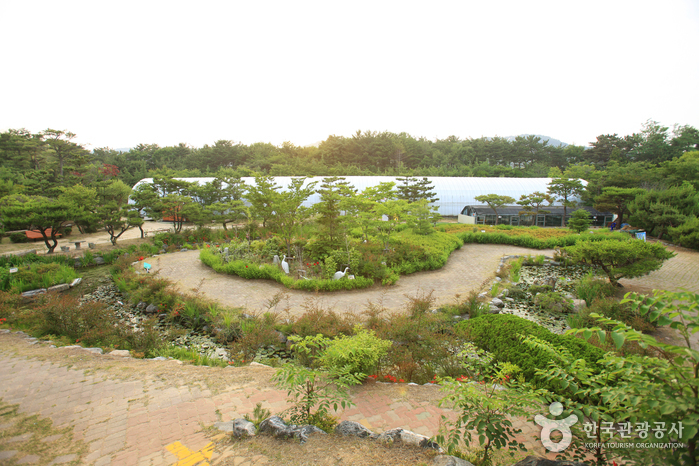
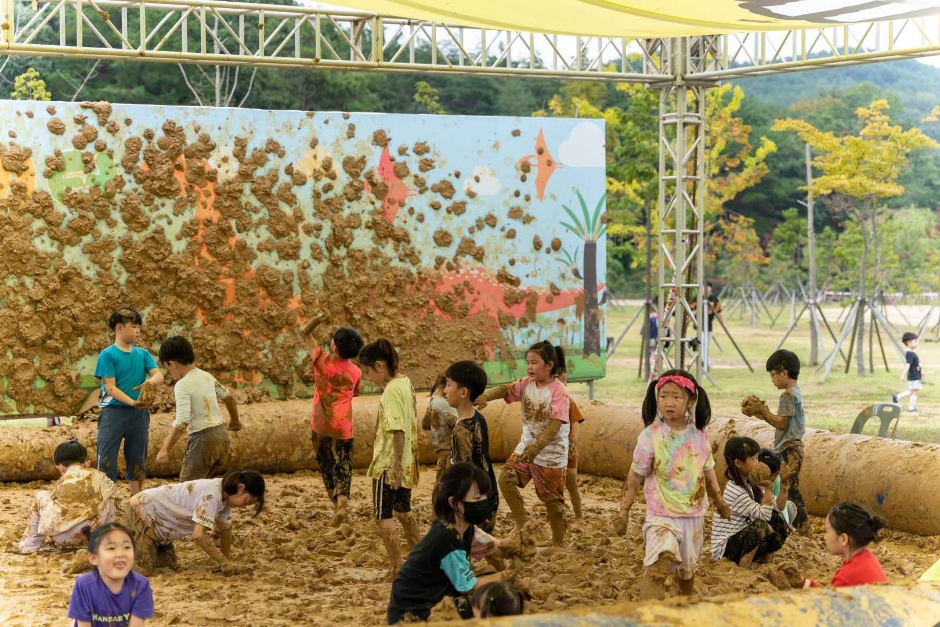
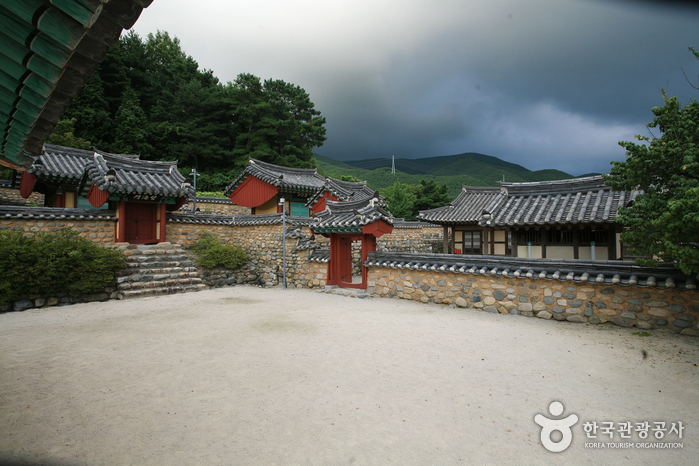
 English
English
 한국어
한국어 日本語
日本語 中文(简体)
中文(简体) Deutsch
Deutsch Français
Français Español
Español Русский
Русский